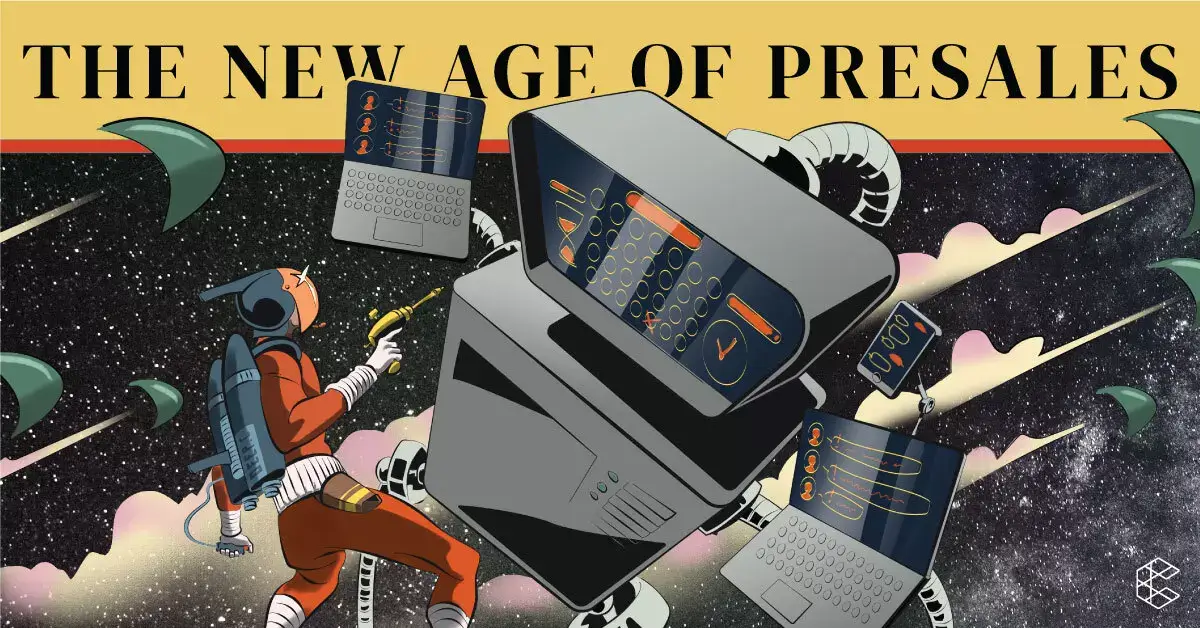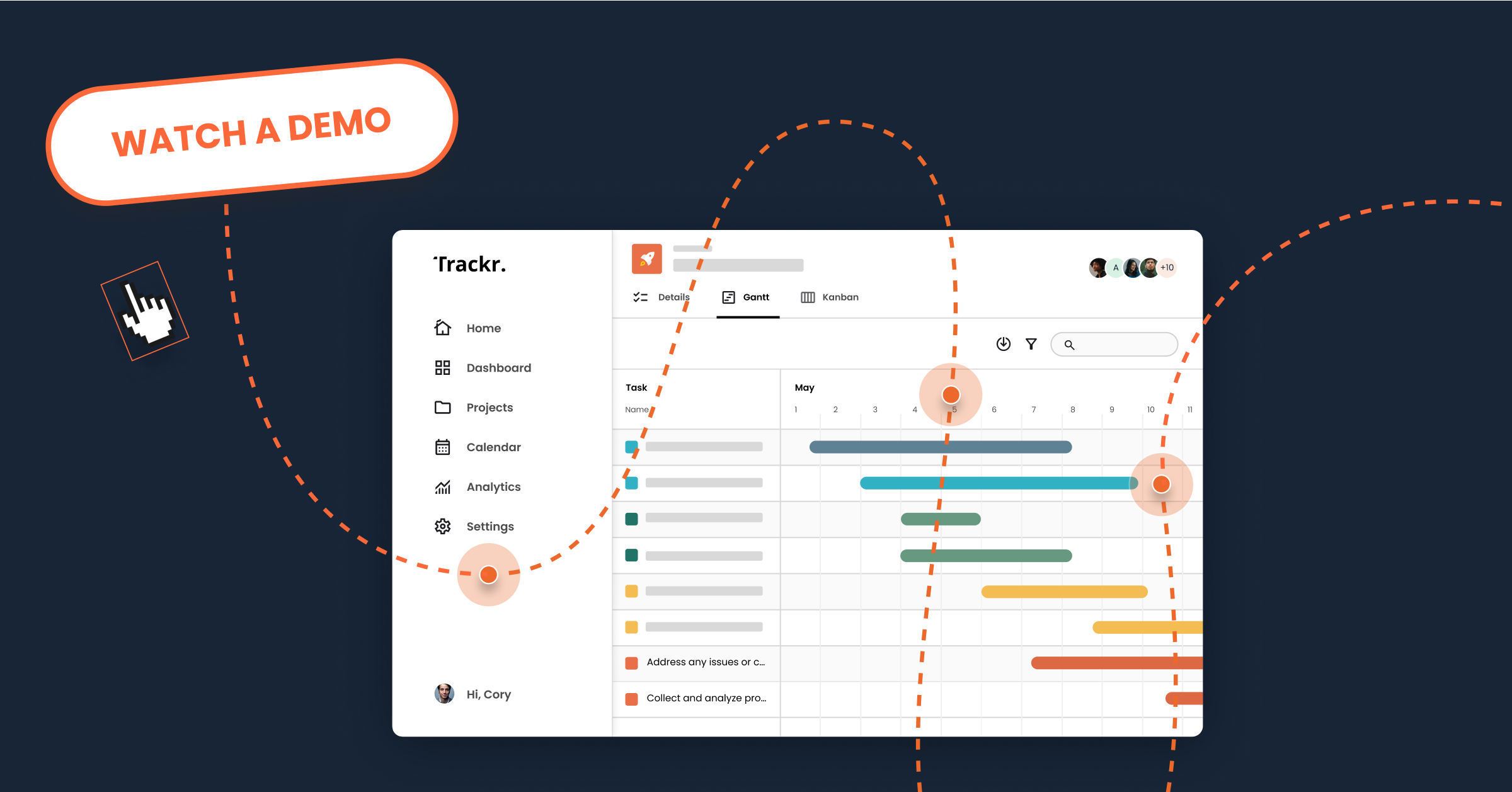Let me ask you two seemingly obvious questions about B2B sales:
- Who is in charge of selling?
- Who is in charge of buying?
Most would answer that the B2B sales team is in charge of selling and the prospect and any accompanying influencers and decision makers (aka the “buying group”) are in charge of buying.
In reality, it’s just the opposite. The B2B sales team is in charge of buying and the buyer is in charge of selling.
“Okay, Mr. Wise Guy,” you say, “stop talking in circuitous riddles and get to your point.”
Buying enablement is exerting leadership in the B2B buying process and equipping your champion to do the selling for you inside their organization.
Let’s look at selling first.
You Are Not in Charge of Selling, the Buyer Is
Buyer Enablement means you are shifting your mindset from selling to enabling the buyer(s). Instead of the focus being on you, the focus is on them. What this means is that yes, you need to sell (persuade, educate, consult, etc) the initial champion, but after that, you need to empower and equip the champion to sell for you. While you can help, the internal champion is the one who is going to go get the deal done for you internally.
So who is doing the selling? You or the buyer? The buyer! That initial buyer has to sell to the rest of the buying group. In truth, you’ll both be selling to the buying group, but largely the buying group is going to look to the internal change agent, or champion (also called the “mobilizer” as CEB likes to call them), to lead them through the process of making a purchase decision. You are just an enabler.
So how do you enable them? That is the purpose of my book, Selling is Hard. Buying is Harder. Every chapter will give you specific things you can do to enable the buyer, and every stakeholder in the buying group.
Don’t have time for an entire book? We’ve made a guide that breaks down the Buyer Enablement Framework at the heart of this book into workable steps.
The Buyer is not in Charge of Buying, You Are
How many times has your buyer experienced the buying analysis and process to purchase the product or solution you are selling? Usually this is their first time. As an example, if they are purchasing a CRM, how many times do they purchase CRMs? In their career, this is likely the only time they’ve done it. Maybe one other time for long-time professionals.
How many times have you experienced the buying analysis and process to purchase the product or solution you are selling? You probably can’t count them. Depending on your product and industry and how long you’ve been in your role, perhaps hundreds of times. Whatever the case, you’ve been through it many more times than the buyer.
So who has more experience in the buying process? You do. Who needs to take charge and lead the buyer through the buying process? You do.
Too many sales reps ask the buyer, “What do you think are the next steps?” I’m not saying this is an irrelevant question or shouldn’t sometimes be part of the process, but generally speaking, buyers want you to exert leadership. Even if they don’t know, they need you to exert leadership. They don’t know what they should be doing. They don’t know the questions to ask, the relevant pros and cons to consider, the different roles of stakeholders they need to get involved to get the deal done and change implemented in their organization. They’ll know a few things, like some steps of the procurement process. But, as an example, how many times have you encountered a buyer that says, “I’m the decision maker” only to find out later that they aren’t. That’s not their bad, that’s yours. You should know that your type of product usually requires input and decision making from different roles inside their organization.
So I repeat, YOU are in charge of the buying process, not the buyer. Take the lead. Show them the way. They will appreciate it and you’ll get deals done faster. Check out the scenarios below for examples of how this works.
How Do You Enable and Equip the Buyer So They Sell For You?
To understand what they need, you need to understand what is driving buyers, what they are thinking, and what the obstacles are to getting the deal done. Much of the time, as sellers, we don’t fully appreciate the motivations driving buyers, nor do we (nor they) have a full picture of what they need to overcome all of the obstacles they will encounter to get the deal done and implemented inside their organization.
The more clarity you have in both of those areas, the more quickly and more often you will succeed. My book will give you everything you need to full enable your buyers.
How Do You Take Charge of the Buying Process?
By and large, to take charge of the buying process, you need to make recommendations, then ask for commitments on their part. For example, compare these three scenarios.
Scenario 1: Passive Selling Where the Buyer is in Charge of the Buying Process (Not So Good)
You have an interested prospect. You know that typically the IT department needs to approve these kinds of deals, but so far the buyer hasn’t brought it up and you’re nearing what you believe signature day. You’re behind your numbers for the quarter and you’re hoping this one will squeak through without having to get IT involved. Your buyer has given you a verbal commit saying, “We’ll get this deal done by the end of next week.” They seem very confident, so you’ve already booked the dinner at the nice restaurant you’ll take your wife to when you hit your number when this deal comes in on the last day of the quarter.
Then three days before the quarter ends your buyer says, “My boss says that IT needs to do a full audit of your solution to make sure it complies with our security requirements.”
“How long does that process usually take,” you ask, hoping it’s a 24 hour turnaround.
“I don’t really know,” says the buyer. (Of course they don’t know! They have never been through the process. But you have, with other companies, very similar to this one!)
You finally get a hold of IT and they provide you with a “questionnaire” for you to fill out that runs into the hundreds of questions. Suddenly you know that it’s going to take at least 2-3 weeks to get this done. You get that sinking feeling and have to cancel that restaurant reservation.
Scenario 2: Taking Charge of the Buying Process (Good)
Let’s look at the same scenario through a different lens. You have an interested prospect. You know that IT needs to get involved in these kinds of deals at this size of company.
So early on, long before the prospect even begins to think about it, you tell the prospect, “Now in deals I’ve done in the past, in companies your size, the IT department almost always needs to get involved with a pretty comprehensive review before we can get the final signature. How can we get the IT department involved early so this step doesn’t hold the deal up at the end?”
Your prospect replies, “Oh, I don’t think that’s necessary at our company. I’m the ultimate decision maker.”
You reply, “Okay, that’s good to know. Could you do me a favor though? I’ve seen some other customers at companies your size get surprised at requirements by IT for getting our solution implemented, and I’m wondering if you could just verify that it’s not necessary. In fact, I’d go so far as to say that unless I get that verification from IT, I can’t get our organization’s resources on board on our side because deals so often fall through without an explicit approval from the customer’s IT department. Ultimately, we’ll need either an approval from your IT department, or we’ll need to get the IT department to send me an email saying they don’t need to review it. Can you get that for me?”
Your prospect agrees and a couple of days later says, “Well, I found out there are a few things we do need to do that I wasn’t aware of to get IT approval.” The next day they send you the super long questionnaire, which you knew would likely be coming anyway, and you’ve lined up your own internal resources to get the questions answered.
You get the IT approval step out of the way before you get to the close and you get the deal done without too much trouble.
Scenario 3: Taking Charge of the Buying Process and Equipping the Buyer (Better)
Let’s move it forward one more notch. In the same scenario as scenario 2, let’s suppose you say, “Could you do me a favor? I’ve seen some other customers at companies your size get surprised at requirements by IT for getting our solution implemented, and I’m wondering if you could send over our IT Security Demo Package for your IT department to review and approve.”
Your prospect agrees, so you send a link from your buying enablement platform that they can forward to the IT department. This package starts with a short video intro then lets the IT professional choose what topics are important to them. The buying enablement platform then plays videos and animations explaining key points that the IT department usually asks about, then it references documents they can download from the document library immediately adjacent to the videos for additional details.
When your champion forwards the link to IT, you are notified and you get the contact information of the person in IT they sent it to. Both you and the champion are notified when they click the link and begin watching the security demo. With your champion’s permission, you reach out to the IT professional to offer any assistance and answer questions.
The IT department is impressed and considers what you sent over enough proof that they don’t need you to complete the gazillion-question questionnaire and they proceed to sign off on the solution.
Because you exerted leadership, took charge, AND equipped the buyer with prepared self-directed materials, you are able to get IT approval in record time. You skate through procurement, get the deal done, and before the quarter even ends, you are ahead of your numbers. You meet your wife at that restaurant you both love and plan that eco tour you’re going to take next summer.
Buying Enablement is Leading the Buying Process and Equipping the Buyer With Everything They and the Buying Group Needs
You can see through these scenarios how different B2B sales are when you enable your buyers.
True buying enablement requires both exerting strong leadership in the buying process which includes coaching and asking for commitments from the buyer to go through steps you already know need to happen, as well as providing them with pre-planned materials that you know will help get the deal done.






